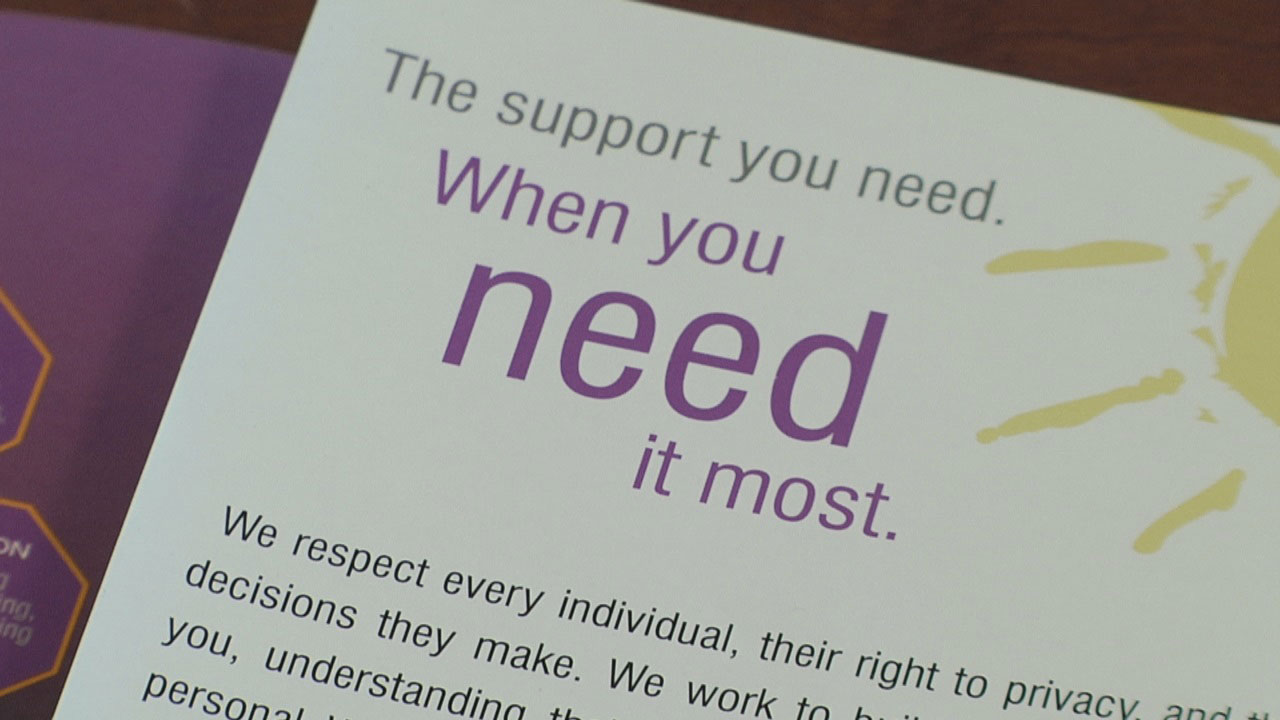
May 8, 2020; Austin Chronicle
Shelter in place. Stay at home. Self-isolation. Quarantine. Important measures for slowing and overcoming the spread of COVID-19. But for survivors living with violence, abuse, and assault, these terms mean something else: trapped.
Before the pandemic, the Texas Council on Family Violence reported that over 40 percent of those seeking emergency shelter in the state were turned away due to capacity issues. But now, nationwide capacity is limited further by shelters’ social distancing requirements, which reduce physical capacity to shelter just as it may have become harder to find a window of opportunity to leave and seek help. Luckily, these programs for have always emphasized a continuum of services that goes beyond shelter, depending upon the choices and safety requirements of the person experiencing abuse.
Foster care agencies are facing similar challenges for children living in unsafe homes. Foster systems were already strained as they responded to the fallout of the opioid epidemic. With COVID-19, courts are shut down, family visits have been suspended, and mandated reporters with intimate knowledge of a child’s well-being such as teachers or coaches have been removed from daily life. Foster families and Court Appointed Special Advocates (CASA), volunteers who advocate on behalf of neglected and abused children in court, are in short supply as social distancing strains the usual recruitment processes.
Sign up for our free newsletters
Subscribe to NPQ's newsletters to have our top stories delivered directly to your inbox.
By signing up, you agree to our privacy policy and terms of use, and to receive messages from NPQ and our partners.
Organizations are doing their best to adapt. The Survive2Thrive Foundation is partnering with hotels throughout Austin to shelter those who’ve been displaced from a violent home. Ann Arbor, Michigan’s SafeHouse Center is distributing informational fliers through food deliveries, using social media to educate family and friends on how to help, and using ridesharing services to transport survivors to its shelter. Regarding foster care, the Georgia Division of Family and Children Services is distributing resources on coping with the pandemic along with tips on spotting abuse to families while “encouraging virtual connections to support children.”
Yet even as they adapt to the here-and-now, many organizations are already focusing on what comes next as shelter in place orders begin to lift. Shelters are anticipating a rapid increase in service demand that will tax tight resources and staffing shortages, especially as facilities continue mitigating the spread of the virus with strict safety protocols. Foster care organizations, too, are working to build foster family pipelines now before being inundated with referrals.
This need isn’t unique. Nonprofits everywhere are weathering similar challenges and will require city, state, and federal support, preferably in a more robust economic stimulus bill with stronger concessions for the sector and a complete overhaul of the disastrous Paycheck Protection Program. For now, efforts like Austin’s Relief in a State of Emergency Fund are filling the gap with $5.6 million already distributed to local nonprofits.
But the sector itself holds some responsibility. Moving beyond the pandemic, nonprofits, regardless of field of service, must collaborate more intentionally within a shifting landscape to effectively advocate with rather than for those they serve, emphasizing choice, adapting to culture and circumstance, and rejecting the “one right way” service models that do not do these things in consultation or with respect.
“This is a time where we could start to build a more comprehensive solution for survivors,” said Courtney Santana, CEO of Survive2Thrive. “I look at it as an opportunity for us to say, ‘All right, now we have a different scenario to answer. How are we going to work together to do so?’ Because no one organization is going to be able to do it.”—Drew Adams













